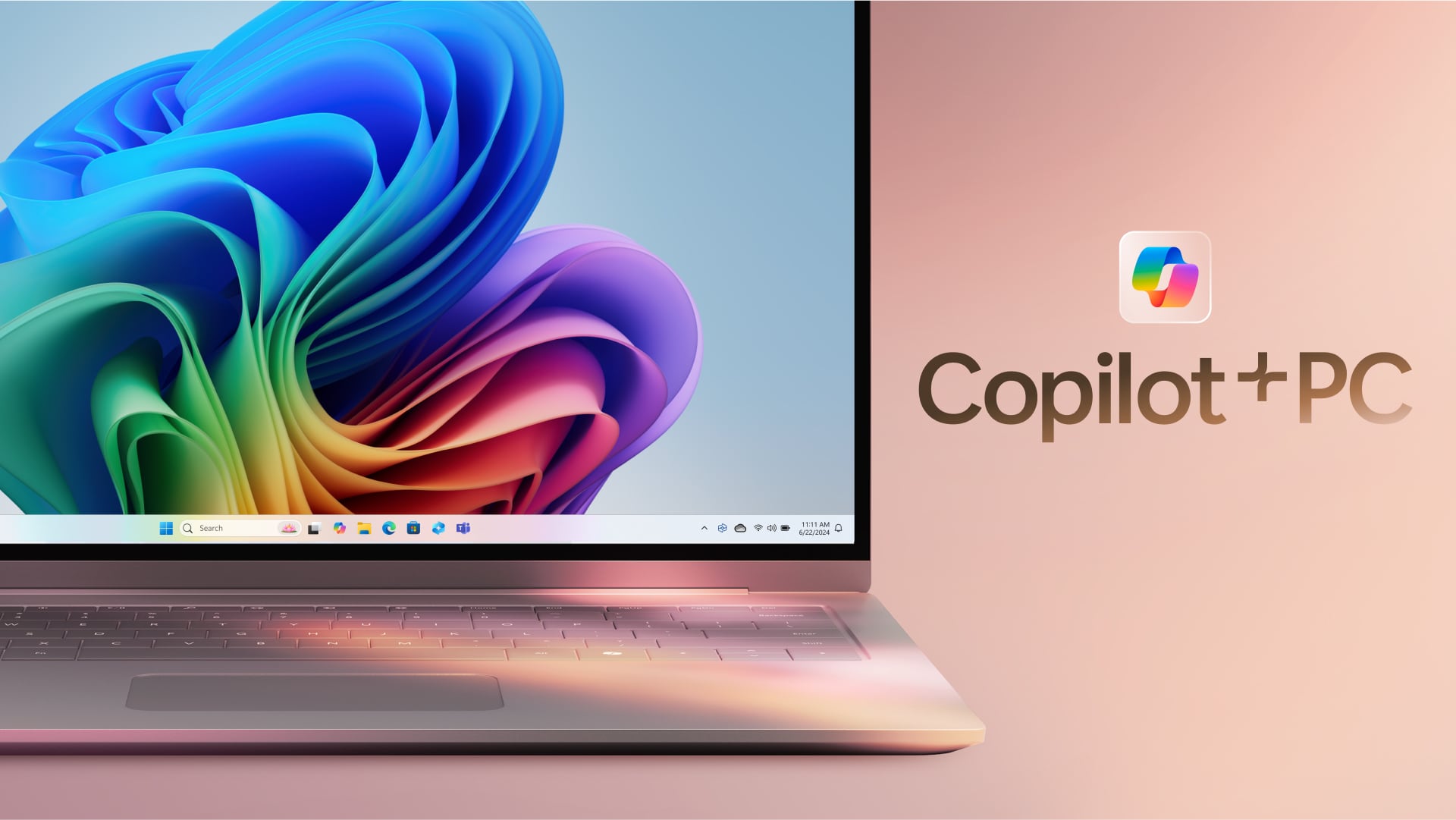Meta, Google, Amazon want to change how you measure time: Is it really needed?
Time is quite a precarious thing. It can make or break not only people and their lives, but it also affect digital systems and networks and the way they work. And now, Meta, formerly Facebook, is putting its weight behind to change the way time is measured. But Meta is not the only company pushing for this change. It is being supported by all major tech companies such as Google, Microsoft and Amazon and organisations such as US National Institute of Standards and Technology (NIST) and France’s Bureau International de Poids et Mesures in its efforts to the get the International Telecommunications Union to ditch leap seconds altogether.
What are leap seconds and why are they so important?
Before, you sweat over, what is a “leap second”, here is an easy explanation for you.
Time, as we know it, is defined by UTC or Coordinated Universal Time, which is periodically updated by the International Earth Rotation and Reference Systems Service (IERS). However, climate-induced and geological events, such as melting and refreezing of ice caps on the tallest mountains can cause irregularities in the Earth’s rotation time. IERS also measures the irregular change in time based on Earth’s rotation. It is termed as UT1.
Obviously, there is difference between UTC and UT1. So, in a bid to coordinate UTC with UT1, IERS introduced the concept of leap seconds back in 1972 wherein an additional second is added to the time to offset the difference.
As Meta explained in its blog post, this periodic adjustment mainly benefits scientists and astronomers as it allows them to observe celestial bodies using UTC for most purposes. If there were no UTC correction, then adjustments would have to be made to the legacy equipment and software that synchronize to UTC for astronomical observations.
As of today, 27 leap seconds have been since the introduction of the concept.
Then why are tech companies complaining about it?
Tech companies are pushing for the concept of leap seconds to end as it confuses computers and can lead to crashes and outages across the globe. “As an industry, we bump into problems whenever a leap second is introduced. And because it’s such a rare event, it devastates the community every time it happens. With a growing demand for clock precision across all industries, the leap second is now causing more damage than good, resulting in disturbances and outages,” Meta engineers Oleg Obleukhov and Ahmad Byagowi wrote in a blog post.
The duo explains that adding a leap second creates an unusual timestamp — 23:59:59 -> 23:59:60 -> 00:00:00 — which confuses the computers. “At best, such a time jump crashed programs or even corrupted data, due to weird timestamps in the data storage,” the duo wrote.
Tech companies use a technique called ‘smearing’ to offset the impact of adding leap second to their systems, wherein they slow down or speed up the clock such that their systems don’t notice, or maybe, over look the change. Meta uses a time period of 17 hours for this while Google and Amazon use 24 hours (noon to noon) for the same. Simply put, it takes tech companies up to 24 hours to add that extra second whenever it is introduced.
Despite all the precaution, there have been instances in the past wherein introducing leap seconds have lead to service outages. For instance, Reddit experienced a massive outage because of a leap second in 2012. At the time, the site was inaccessible for 30 to 40 minutes. At the time, the time change had confused its systems, sparking hyperactivity on the servers, which locked up the machines’ CPUs. And in 2017, Cloudflare posted a very detailed article about the impact of a leap second on the company’s public DNS. You can check it out here.
Fear of outages and crashes is not the only motivation. Meta says that with the Earth’s rotation pattern changing, it is possible that we will get a negative leap second at some point in the future. To adjust to this change, companies will have to reduce a second from the existing time or in essence, go back in time by a second. This will create a timestamp that looks like this: 23:59:58 -> 00:00:00.
Now, a leap second has never been removed from time until now and the way it will impact computers and other digital devices relying on timers or schedulers has never been tested before. What makes the problem even more complicated is the digital mesh that we live in.
What is Meta proposing?
Before you jump to conclusions, Meta isn’t recommending that all tech companies use the technique that it uses for smearing. Instead, it is recommending that no new leap seconds be added as it believes that the ones that have already been added “will be enough for the next millennium”. It helps that such a move could help in preventing outages and system crashes in future.
The post Meta, Google, Amazon want to change how you measure time: Is it really needed? appeared first on BGR India.







